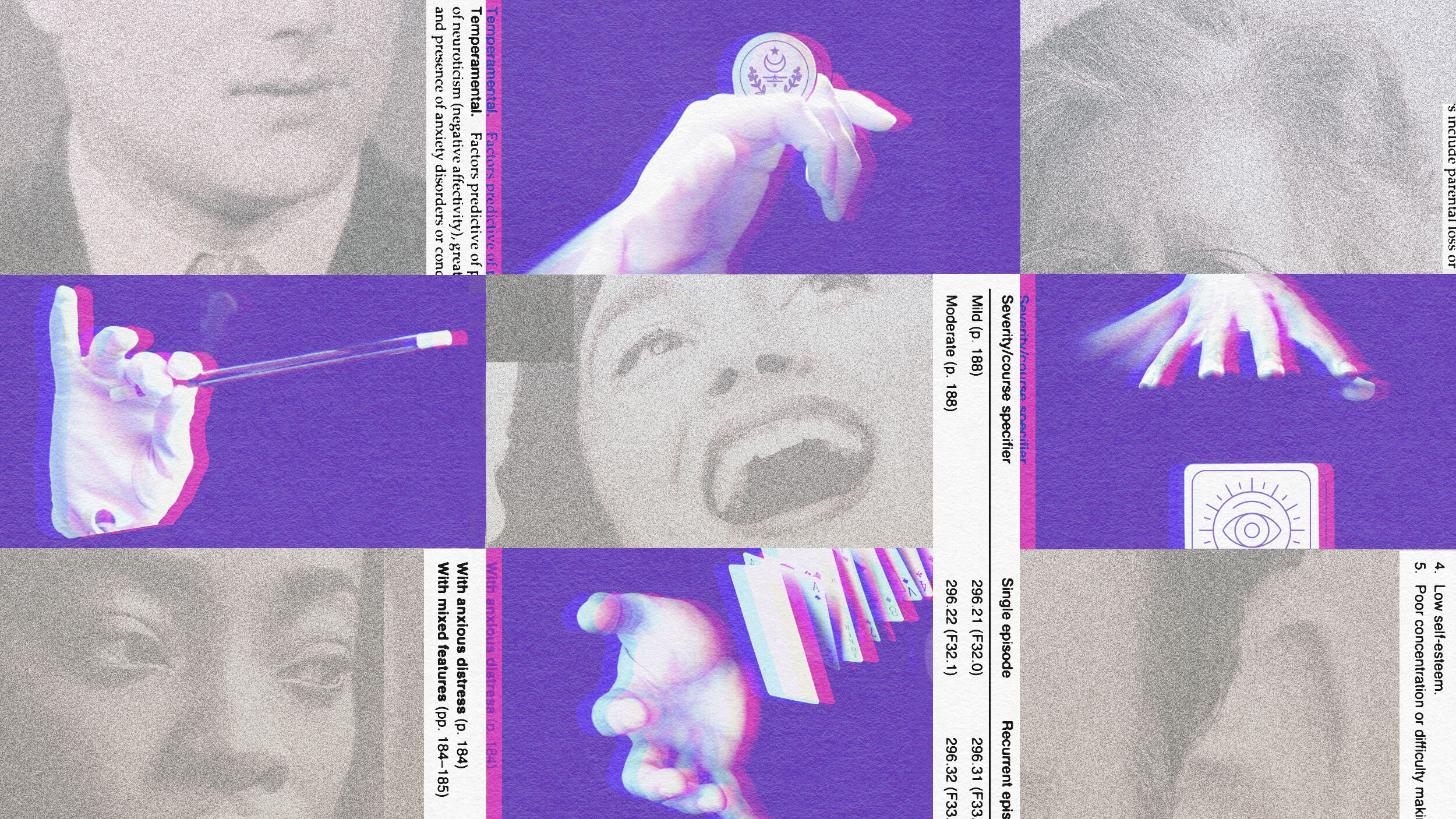The Good Book: Barry Moser, Bookwright

In the beginning, God separated the light from the darkness, and it was good. Growing up a Bible-thumping, Southern-bred, segregation-approving Fundamentalist, Barry Moser became a licensed Methodist minister at the tender age of 19. Separating himself from what he saw as that dark genesis, Moser turned to art, eventually becoming an artist, an engraver, and a full-blown book designer. Although never giving up the Good Book entirely, Moser devoted his life to creating good books—works of art full of his illustrations designed, printed, and bound with the highest craftsmanship. In Barry Moser: Bookwright(at the Brandywine River Museum until May 22), the good book lives on in the age of the Kindle and the Nook.
Moser may be the most honored American illustrator alive today. Moser’s edition of Lewis Carroll‘s Alice’s Adventures in Wonderland won the 1983 National Book Award for design and illustration. His children’s books of charming watercolors often find their way onto top ten lists. Moser’s magnum opus, The Pennyroyal Caxton Bible, completed in 1999 after four years of intensive labor, served as the centerpiece of the only one-man exhibit ever to be mounted at the Library of National Gallery of Art in Washington, DC, for a living artist. In that Biblical effort, Moser fulfilled a life-long dream to realize his vision of the stories of his youth, becoming the first artist since Gustave Dore to illustrate an edition of the Bible single-handedly.
Moser engraves in Resingrave, a white epoxy resin. A student of Leonard Baskin, Moser works in dramatic darks and lights, using negative space and chiaroscuro to their fullest effect. In Self-Portrait with Burin (detail shown above), Moser depicts himself with his tool of choice with his standard techniques of lines and stippling to generate an image. Fans of Moser’s work know to look for his self-portrait in his works. Some of these Hitchcock-esque cameos come in the form of a swabbing deckhand in Moby-Dick and the chopped head of the dead Goliath in Moser’s Bible (a clever nod to Caravaggio, who also lent his face to the fallen Philistine). Moser puts a bit of himself in every image, however.
Moser self-identifies as a bookwright rather than just an illustrator or engraver. As the 2000 documentary film A Thief Among the Angels: Barry Moser and the Making of the Pennyroyal Caxton Bible showed, Moser orchestrates all the different elements of a book project, from laying out the pages to choosing the materials for the binding by hand to even laboring over the fonts to be used. In that film, Moser uses the line from Genesis about God separating light from darkness as a metaphor for his engraving, in which he pulls lines of light from a depth of darkness. In a way, Moser’s entire endeavor is a separating of light from darkness, namely a resurrection of the fading publishing industry from the seeming oncoming death at the hands of electronic readers.
Moser admits that although he had the stamina and technical prowess to complete the Bible project at 40 years of age, it took him longer to tackle that “Mount Everest” of projects because he needed a “facility of mind” to meet the challenge. That same “facility of mind” shines in every effort by Moser. Often working from staged photos of models, Moser aims at creating real-life characters of blood and sweat rather than unapproachable, haloed icons. It’s that approachability that makes Moser’s illustrations and book projects appeal to a broader audience rather than some insider elite. As in his preacher days, Moser evangelizes the Word, but in words and pictures bound in a beautiful picture.
Reports of the death of the book are, I hope, greatly exaggerated. Looking at the works on display in Barry Moser: Bookwright, it’s clear what we’re missing when we embrace our paperless electronic readers. The look and feel of fine papers and inks, perhaps in a vellum wrapper, belong not just in the past but today and, perhaps, the future. Moser brings his almost religious fervor for artistry to every good book, from holy writ to Moby-Dick. Look on his creations and say with so many others, “It is good.”
[Image: Barry Moser (B. 1940), Self Portrait with Burin (2nd State) (ca. 1987) (detail), wood engraving on paper, 10 ¼ x 8 ¼ inches, collection of the Brandywine River Museum, Gift of Justin Schiller, 1989.]
[Many thanks to the Brandywine River Museum for providing me with the image above and press materials related to Barry Moser: Bookwright, which runs through until May 22, 2011. Many thanks also to Kessler Brothers for providing me with a review copy of their documentary film A Thief Among the Angels: Barry Moser and the Making of the Pennyroyal Caxton Bible.]





